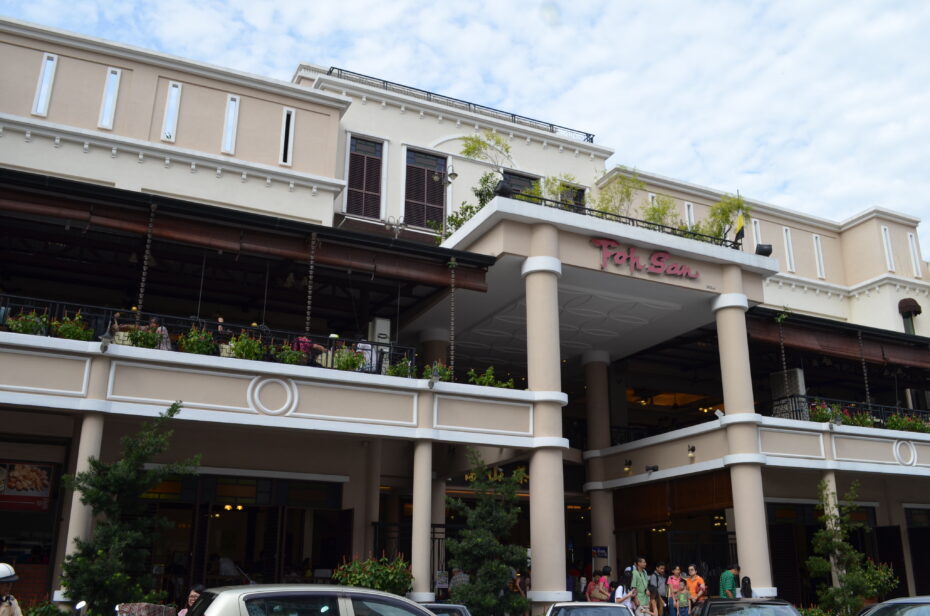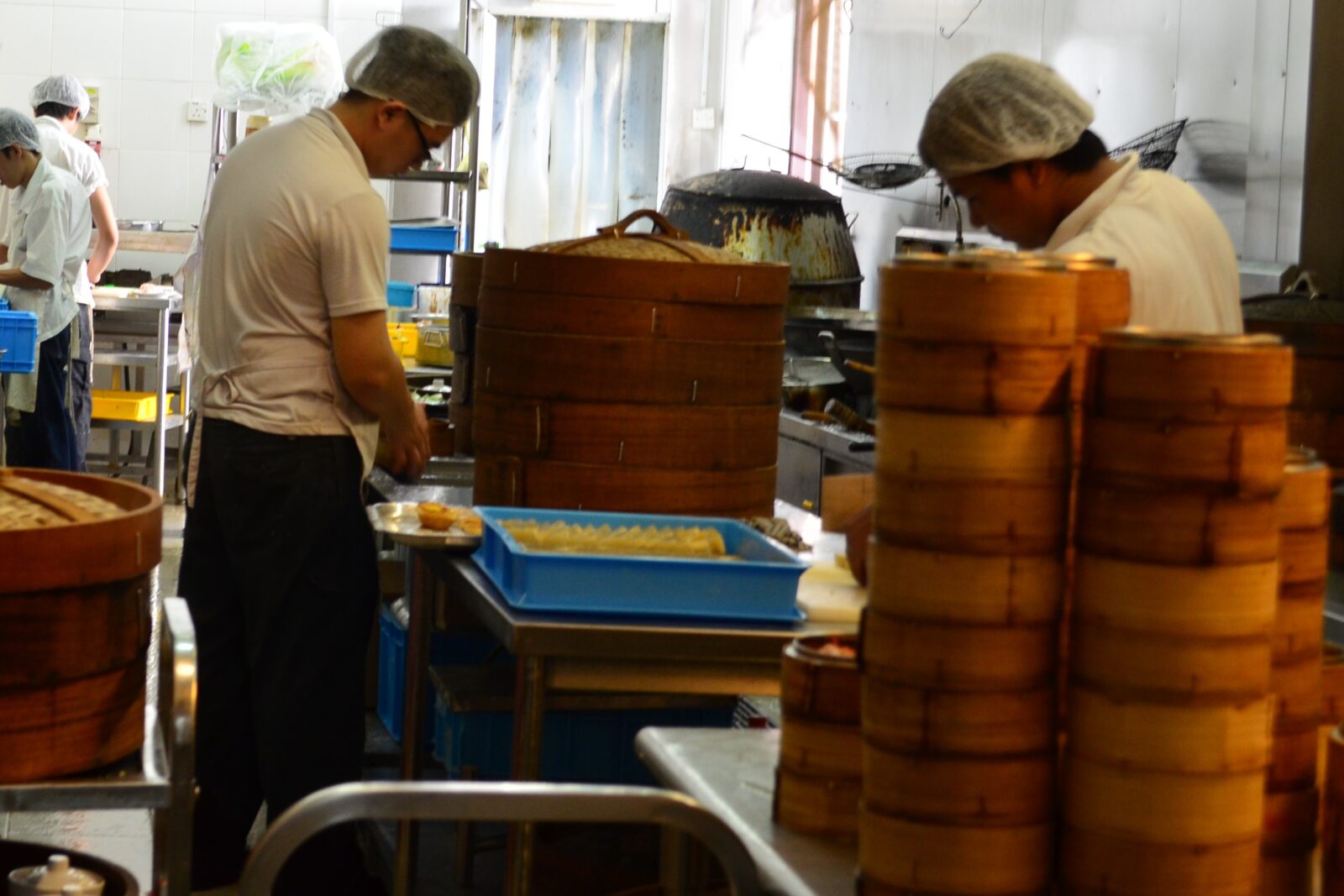
Foodie heaven: The BRATs went behind the scenes at Ipoh’s famous Foh San dim sum restaurant to see how dim sum is made.
FOODIES around Malaysia might recognise Foh San as one of the top dim sum restaurants in Ipoh, but little do they know, the business had its humble beginnings as a quaint coffee shop on Osborne Street, now known as Jalan Dato’ Tahwil Azar.
It was in 1971 that the late Tham Bak Yeun and his wife Sam Ah Looi founded Foh San, then a small coffee shop. Two years later, they made the decision to turn the business into a dim sum restaurant, naming it Foh San Hong Kong Dim Sum. Sam’s younger brother, Shum Pak Kong, who was 13 at the time, merrily helped around the place.
Shum, now 56 and Foh San’s general manager, explained that the coffee shop industry was quite competitive and going into the dim sum industry afforded them the opportunity to do something different.
On July 2, 2009, the business relocated to a huge complex on Jalan Leong Sin Nam and trimmed its name down to Foh San.
The name change came with the evolution of its initial recipes, which originated from Hong Kong. According to Shum, the new recipes were localised in order to keep up with four other dim sum restaurants on the same street.
“We used a lot of local ingredients to create a new variety of products. We also try to improve in every aspect – from product and service quality to the use of premium raw materials, as well as the outlook and hygiene of the building,” said Shum.
Today, Foh San serves up more than 150 types of dim sum that are meticulously handmade by 64-year-old head chef Chan Kam and his team of chefs.
Chan and his team create a new dim sum dish every month, attracting the attention of local and international dim sum lovers alike.
Variety is definitely the spice of this business’ life, and being a major player doesn’t mean the Foh San team rests on its laurels. Despite being a dim sum veteran (43 years in the industry and counting!), it is constantly evolving and improving, thanks to customers’ feedback.
“We have very loyal customers so we listen to their comments. Then, I’ll have a meeting with the staff to see what can be done to improve our products,” shared Shum.
Shum’s positive attitude towards constructive criticism has contributed to Foh San winning Majlis Bandaraya Ipoh’s Premis Makanan Terbaik award in conjunction with 2011’s Innovation Day celebrations.
The close-knit team has also ventured into the mooncake industry. “Traditionally, mooncakes are only made by dim sum restaurants and/or chinese confectionery shops, so we followed that path to make mooncakes as well. However, anybody can invest in the mooncake manufacturing business these days, so that tradition no longer exists,” he said.
Foh San’s mooncake business has since gone international. It now exports to countries like the United States, Cambodia, Hong Kong, Indonesia and Thailand. With business booming, it has expanded its operations and now boasts two factories – one that produces halal dim sum and one that produces mooncakes.
Tradition and technology now come together with Foh San combining the two in its marketing strategy. “We advertise in a range of national newspapers, our website and Facebook page, as well as on billboards in Cambodia,” said Shum.
But just like any other business, the restaurant’s brand has largely spread through word-of-mouth.
However, while its food continues to delight foodies nationwide, Shum is concerned that the art of making dim sum is becoming less popular, a sentiment echoed by Chan, who feels that young people now have less interest in the trade.
Shum cites long working hours and an uncomfortable working environment as reasons why young people turn away from making dim sum, preferring to work in a professional environment instead.
The young people who actually do take apprenticeships with dim sum chefs also have a tendency to move to other restaurants after a few years, Shum revealed.
However, despite the manpower issue, Foh San still strives to remain relevant to customers of all ages.
To keep up with the times and attract the younger generation, a swanky new building was built for the restaurant, the current one on Jalan Leong Sin Nam.
Three parking lots and office blocks made way for the massive four-storey structure, which features a modern yet classically Chinese interior.
According to Shum, before they moved to the new building, only a small number of customers were young. Now, more than half its clients are young people. By combining snazzy new surroundings and traditional delicacies, Foh San has kept customers of all ages coming back.
Despite facing challenges along the way, Shum has managed to keep his beloved restaurant’s success consistent. When asked what’s their secret to success, he simply said, “Consistency. Innovation. Passion. Creativity.” The restaurant’s aim should never be about the money, but instead, about the food, he concluded.








Leave a reply